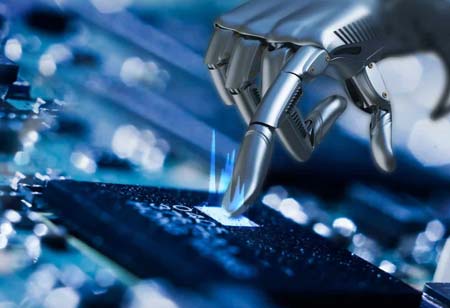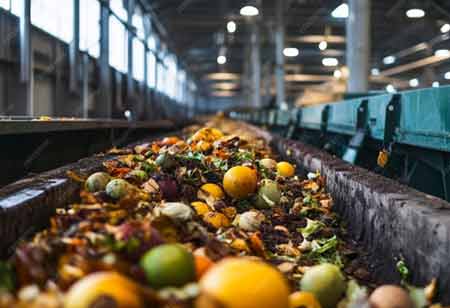THANK YOU FOR SUBSCRIBING
Be first to read the latest tech news, Industry Leader's Insights, and CIO interviews of medium and large enterprises exclusively from Food and Beverage Tech Review
How Automation and Robotics is Transforming the Food Manufacturing Sector
The food manufacturing industry is slowly incorporating robotics and automation in food processing services.

By
Food and Beverages Tech Review | Friday, May 28, 2021
Stay ahead of the industry with exclusive feature stories on the top companies, expert insights and the latest news delivered straight to your inbox. Subscribe today.
The food manufacturing industry is slowly incorporating robotics and automation in food processing services.
FREMONT, CA : According to market research, the robotics industry is rising at a 17 percent compound annual growth rate, with global robotics investment expected to reach $135 billion by 2019. The automotive and electronics industries, which mass-produce items with several separate components that must be assembled precisely, are the two largest purchasers of robots. Other sectors, such as healthcare, are rapidly integrating robotics into their operations. The food industry is one field where robots are not widely used.
Benefits and challenges of robot integration into food manufacturing:
The possibility that the raw materials entering the pipeline do not have standard dimensions which can be configured into a robot makes incorporating robotics into the food industry difficult. A robot developed to peel an apple is more difficult to program since two apples do not have the same dimensions.
The advantages of utilizing robots in food processing are appealing. Robots can accomplish constant outcomes quickly and efficiently compared to human employees. The concerns related to health and safety reduce for the food manufacturing companies as robots can survive extreme conditions like high temperatures, which may not be possible for a human being. Without any training or breaks, robots can help companies reduce production expense by producing higher yields, particularly in repetitive processes such as cake decorating or chicken deboning.
Primary and secondary processing are the two stages in the food processing method. Raw materials are extracted or converted into food items in primary food processing. These food supplies are then transformed into edible products in secondary food processing. Due to the different levels of uniformity in the raw materials used in each process, robots are gradually being introduced into both steps with varying degrees of success.
The problems faced by various food industry sectors are primarily determined by the raw materials used in each sector and whether products must be supplied in batches or constantly. In primary processes, allowing robots to analyze every individual raw material prior to treatment may be significant, while teaching human workers to work alongside robots can become a more significant challenge in secondary processes.
The food industry must consider where robots could become a good investment and how to shift human workers out of the positions that robots are taking over.
See Also :- Top Food and Beverages Technology Solution Companies
I agree We use cookies on this website to enhance your user experience. By clicking any link on this page you are giving your consent for us to set cookies. More info







